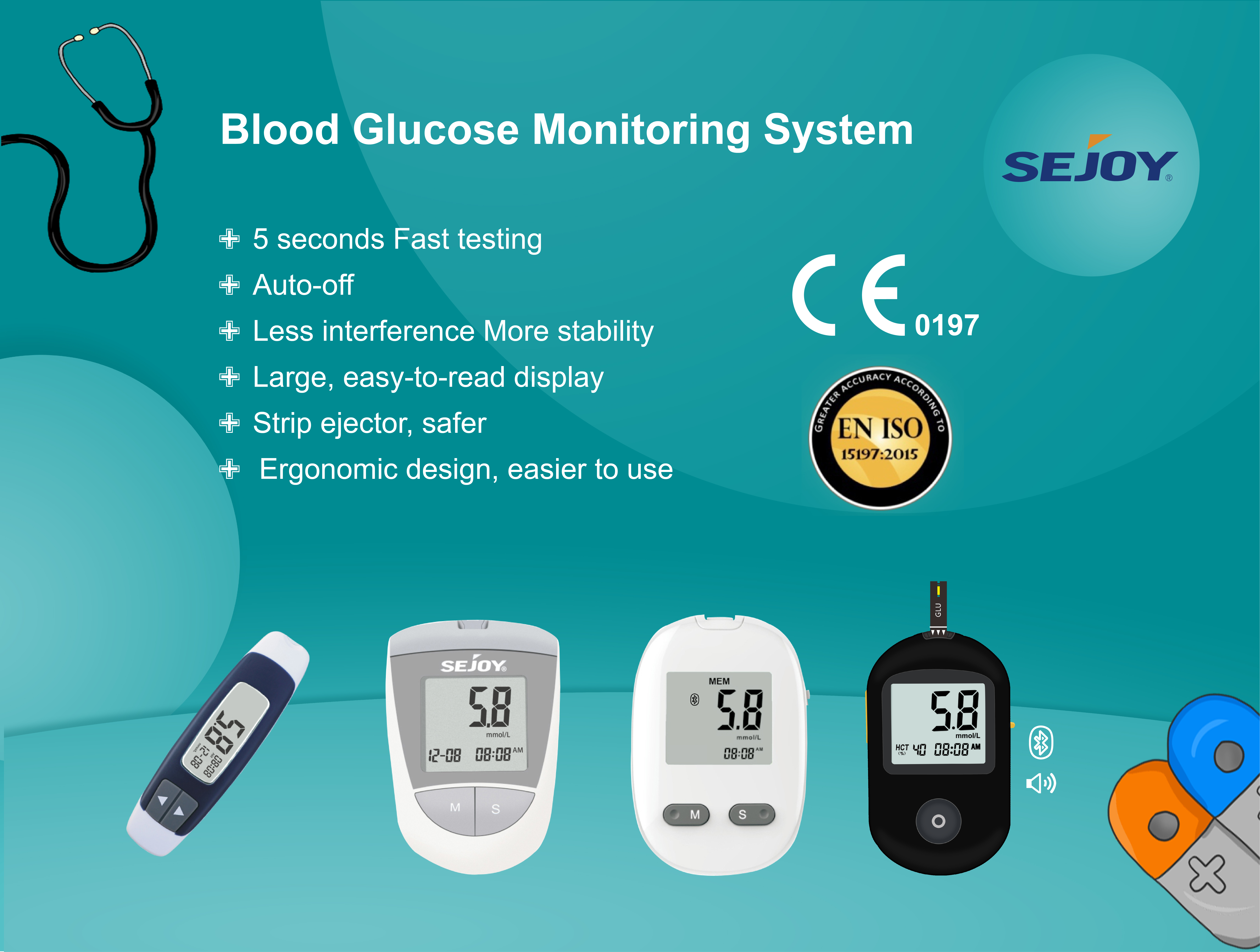Type 1 diabetes is a condition caused by autoimmune damage of the insulin-producing b-cells of the pancreatic islets, usually leading to severe endogenous insulin deficiency. Type 1 diabetes accounts for approximately 5–10% of all cases of diabetes. Although the incidence peaks in puberty and early adult-hood, new-onset type 1 diabetes occurs in all age-groups and people with type 1 diabetes live for many decades after onset of the disease, such that the overall prevalence of type 1 diabetes is higher in adults than in children, justifying our focus on type 1 diabetes in adults (1). The global prevalence of type 1 diabetes is 5.9 per 10,000 people, while the incidence has risen rapidly over the last 50 years and is currently estimated to be 15 per 100,000 people per year (2).
Prior to the discovery of insulin a century ago, type 1 diabetes was associated with a life expectancy as short as a few months. Beginning in 1922, relatively crude extracts of exogenous insulin, derived from animal pancreases, were used to treat people with type 1 diabetes. Over the ensuing decades, insulin concentrations were standardized, insulin solutions became more pure, resulting in reduced immunogenicity, and additives, such as zinc and protamine, were incorporated into insulin solutions to increase the duration of action. In the 1980s, semisynthetic and recombinant human insulins were developed, and in the mid 1990s, insulin analogs became available. Basal insulin analogs were designed with prolonged duration of action and reduced pharmacodynamic variability compared with protaminebased (NPH) human insulin, while rapid-acting analogs were introduced with quicker onset and shorterduration than short-acting (“regular”) human insulin, resulting in reduced early postprandial hyperglycemia and less later hypoglycemia several hours after the meal (3).

The discovery of insulin transformed the lives of many people, but it soon became apparent that type 1 diabetes is associated with the development of long-term complications and shortened life expectancy. Over the last 100 years, developments in insulin, its delivery, and technologies to measure glycemic indices have markedly changed the management of type 1 diabetes. Despite these advances, many people with type 1 diabetes do not reach the glycemic targets necessary to prevent or slow the progression of diabetes complications, which continue to exert a high clinical and emotional burden.
Recognizing the ongoing challenge of type 1 diabetes and the rapid development of new treatments and technologies, the European Association for the Study of Diabetes (EASD) and the American Diabetes Association (ADA) convened a writing group to develop a consensus report on the management of type 1 diabetes in adults, aged 18 years and over. The writing group was aware of both national and international guidance on type 1 diabetes and did not seek to replicate this, but rather aimed to highlight the major areas of care that health care professionals should consider when managing adults with type 1 diabetes. The consensus report has focused predominantly on current and future glycemic management strategies and metabolic emergencies. Recent advances in the diagnosis of type 1 diabetes have been considered. Unlike many other chronic conditions, type 1 diabetes places a unique burden of management on the individual with the condition. In addition to complex medication regimens, other behavioral modification is also needed; all of this requires considerable knowledge and skill to navigate between hyper- and hypoglycemia. The importance of diabetes self-management education and sup- port (DSMES) and psychosocial care are rightly documented in the report. While acknowledging the major significance and cost of screening, diagnosing, and managing the chronic microvascular and macrovascular complications of diabetes, a detailed description of the management of these complications is beyond the scope of this report.
References
1. Miller RG, Secrest AM, Sharma RK, Songer TJ, Orchard TJ. Improvements in the life expectancy of type 1 diabetes: the Pittsburgh Epidemiology of Diabetes Complications study cohort. Diabetes
2012;61:2987–2992
2. Mobasseri M, Shirmohammadi M, Amiri T, Vahed N, Hosseini Fard H, Ghojazadeh M. Prevalence and incidence of type 1 diabetes in the world: a systematic review and meta-analysis. HealthPromotPerspect2020;10:98–115
3. Hirsch IB, Juneja R, Beals JM, Antalis CJ, Wright EE. The evolution of insulin and how it informs therapy and treatment choices. Endocr Rev2020;41:733–755
Post time: Jul-01-2022


